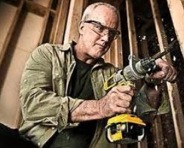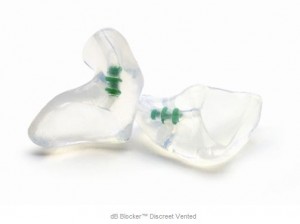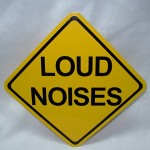As an Employer you are responsible for the health & well being of your workers while on the job. Have you done a recent overview of your hearing conservation plan for your employees and staff?
Here are the top 4 things you need for your hearing conservation plan starting from Awareness to taking  Action to Assessing the effectiveness of your plan and on to becoming an Advocate for hearing conservation.
Action to Assessing the effectiveness of your plan and on to becoming an Advocate for hearing conservation.
Awareness
- Hearing Tests – Establish a baseline hearing assessment for all new employees /staff and regularly re-assess to determine if any changes have occurred.
- What noise environments are the employees / staff exposed to?
- Employers should understand the health implications from both a physical, emotional and social concern of NIHL (Noise Induced Hearing loss)
- Employers should understand the cost implications from loss of employee work hours, loss of trained employees no longer able to work in that environment, cost of employee dissatisfaction or loss of the company’s reputation as a workplace that is attractive to workers.
Action
- Educate & Train employees and staff on the importance of protecting their hearing and the effects of noise on hearing.
 Noise Controlled Work Environment – What changes can be made to the workplace environment to reduce the noise exposure levels. Can physical barriers be erected between the source of the noise and the worker? What sound reduction devices can be added to the machinery/ tools/ vehicles or equipment that is the source of the noise? What new or better equipment or facilities will accommodate better hearing protections.
Noise Controlled Work Environment – What changes can be made to the workplace environment to reduce the noise exposure levels. Can physical barriers be erected between the source of the noise and the worker? What sound reduction devices can be added to the machinery/ tools/ vehicles or equipment that is the source of the noise? What new or better equipment or facilities will accommodate better hearing protections.- Employee / Staff hearing protection devices for any possibility of exposure over the guideline values along with training on best use practices and proper fitting.
- Posting notices / warning signs in any areas that require hearing protection devices
Assess
- Review Company guidelines annually
- Review testing results and assess if the current programs in place appear to be effective at preventing hearing loss
- Review any new noise control solutions and how to implement
- Review employee/staff training to ensure high level of compliance and understanding
Advocacy
- Lobbying by Employers and Employees for better protective guidelines, record keeping and reporting.
Remember hearing protection benefits everyone – Employer and Employee alike.
Learn more about HEARING CONSERVATION









